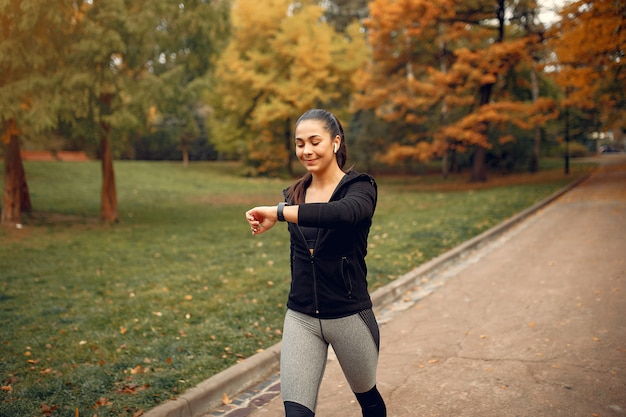Discover how walking and running can support PCOS management with short routines, sustainable habits, and science-backed strategies.

Polycystic Ovary Syndrome (PCOS) affects millions of women worldwide, often leading to insulin resistance, weight gain, irregular periods, and hormonal imbalances. While medication and diet play key roles, physical activity—especially low-impact aerobic exercise like walking and running—is a powerful, evidence-based tool for managing symptoms.
Studies show that regular moderate-intensity exercise improves insulin sensitivity, helps regulate menstrual cycles, supports weight management, and reduces inflammation—all critical factors in PCOS care.
You don’t need intense workouts to make a difference. Walking is one of the most accessible and effective forms of exercise for women with PCOS.

Running, even in short bursts, offers amplified benefits for PCOS. It increases cardiovascular fitness, burns more calories per minute than walking, and further improves insulin function.
However, women with PCOS should approach running mindfully—overtraining can increase cortisol and disrupt hormones. The key is consistency, not intensity.
Start with a walk-run approach to build endurance without burnout:
Maximize the benefits of walking and running with these research-backed strategies:
The best routine is the one you can stick with. Focus on building habits, not perfection.
Tip: Pair your walk with something enjoyable—listen to a podcast, call a friend, or enjoy nature. This boosts adherence through positive association.
While you can walk or run in everyday clothes, supportive footwear makes a difference—especially for joint comfort and injury prevention.
Look for shoes with good arch support and cushioning. Replace them every 300–500 miles. A fitness tracker can also help monitor steps, heart rate, and progress over time.
Managing PCOS isn’t about drastic changes—it’s about consistent, kind actions that support your body. Walking and running are not just physical activities; they’re acts of self-care that empower hormonal balance, mental clarity, and long-term well-being.
Start small. Stay consistent. Celebrate progress. Your journey to thriving with PCOS begins with a single step—literally.

Wellness

Wellness

Wellness

Wellness

Wellness

Wellness

Wellness

Wellness

Wellness

Fitness

Fitness

Wellness

Health

Fitness

Health

Health